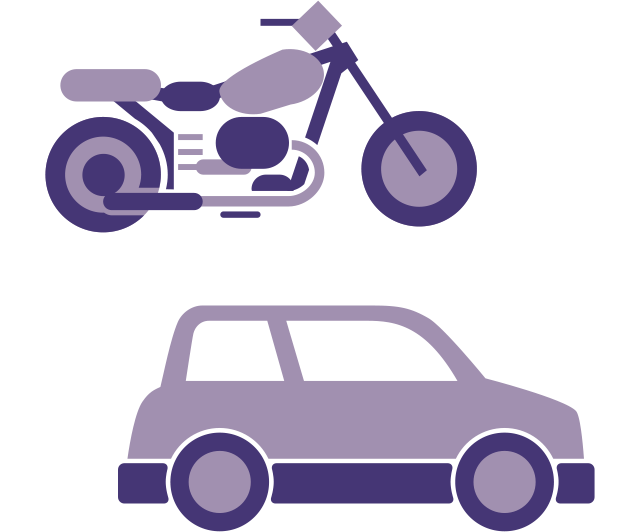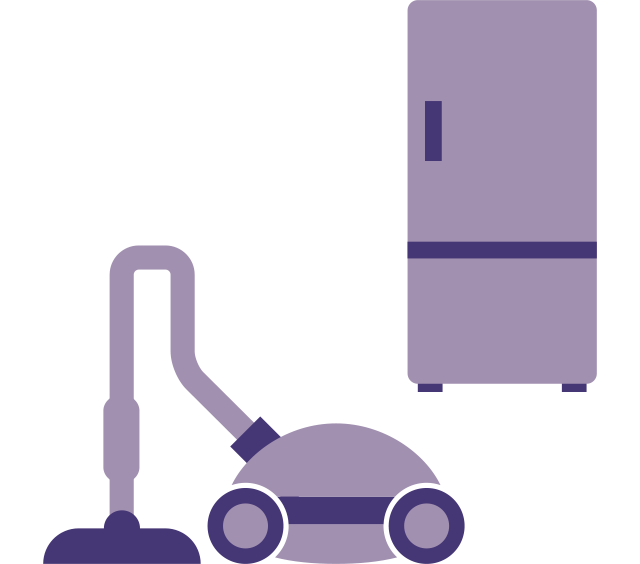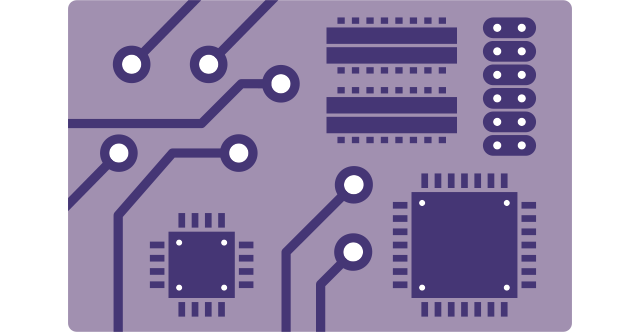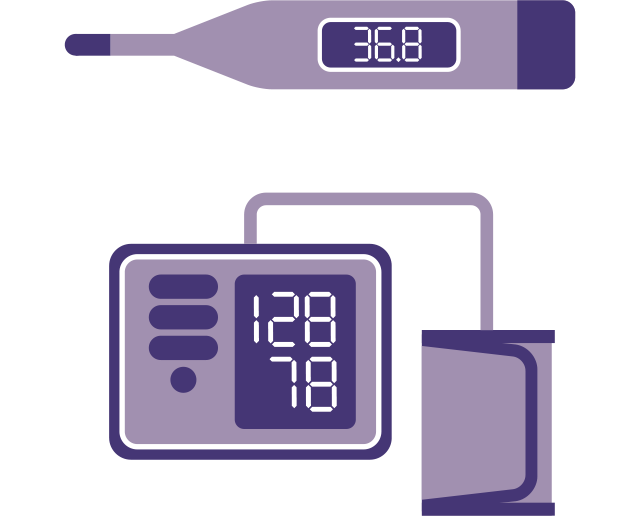How RICOH SC-10A, Automated Vision Inspection System solved customer's problems
Usage and introduction examples for the RICOH SC-10A
(Customers' opinions in manufacturing industry)
Problem
Similar parts or labels have been erroneously mounted during assembly of equipment, such as brakes for cars and motorcycles. Low-cost and simple countermeasures against human error were required.

Opinion after installation
Quality has been improved by reducing assembly line errors. Work logs can also be retained automatically, so we have a possible outlook for reducing manhours further enhancing quality.
Problem
On the assembly line for household appliances, parts have been erroneously mounted or parts of the wrong color but correct shape were wrongly attached due to human error. We wanted to automate the cell production work table in cooperation with existing production equipment.

Opinion after installation
Set-up is simple using a keyboard and mouse, which is very appearling, and prevents human error. The work date, time, serial number, and pictures of the work output can be automatically recorded, which also improved efficiency. It could be connected to external I/O equipment, and achieved collaboration with existing equipment, such as PLC.
Problem
There are over 50 visual checks to be made for manual mounting of the substrate used on vehicular audio devices. There are limitations to performing visual checks, leading to oversights in the checking process. A system that can check the orientation and mounting of minute parts was required.

Opinion after installation
The SC-10A(H)'s high-magnification lens enables fine parts to be checked. This rendered visual checks for almost 50 items related to relays, condensers, and coils, obsolete, and jumper and dip-switch statuses can also be checked, so a significant improvement is expected. Almost 50 checks are performed in around five seconds, so operational efficiency has also been improved.
Problem
In the manufacturing of household medical devices, a system that can check whether a coating has been applied or not and for any harness assembly status that causes variation in the assembly status is sought. Many foreign workers work on the manufacturing line, and passing on their know-how is often difficult, so we want to installl a system that supports foreign languages.

Opinion after installation
The SC-10A not only performs pattern matching, but also has color recognition capability so it can detect inconsistent coatings, and countermeasures against human error could be implemented. Furthermore, work instruction image files can be created in foreign languages with the included software, making it easier for foreign workers to learn the process.